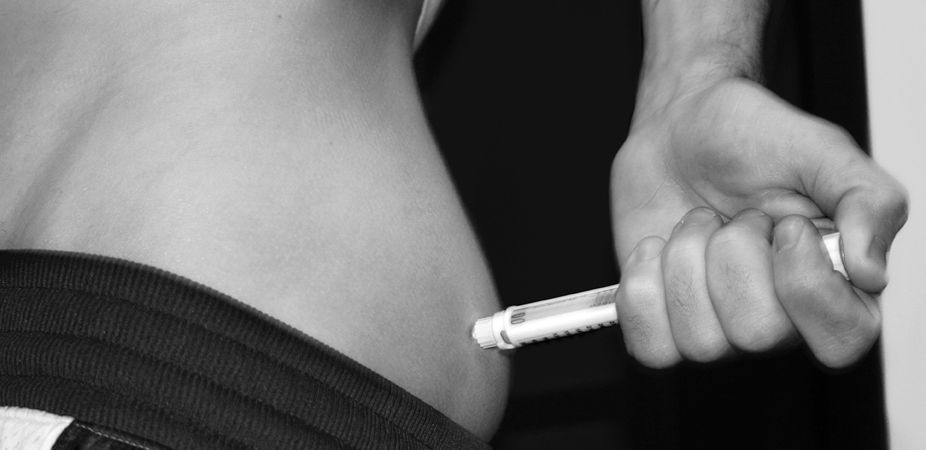Insulin Use Triples in the UK Over Last 20 Years

The use of insulin, a hormone that treats diabetes, has tripled in the United Kingdom over the past 20 years, a new study finds.
The number of insulin users grew from 136,800 in 1991, to 421,300 in 2010. During this time, the number of people with Type 2 diabetes also increased seven-fold, from 37,000 to 277,400.
The surge in use of the drug likely reflects an increase in the prevalence of Type 2 diabetes, as well as longer survival for those who already have the disease, the researchers said.
"The increase in the number of people with Type 2 diabetes using insulin is a wake-up call for all," not only in terms of lifestyle choices, but in how we treat people with Type 2 diabetes, study researcher Craig Currie, a pharmacoepidemiologist at Cardiff University's School of Medicine, in Wales, said in a statement. [8 Reasons Our Waistlines Are Expanding]
Diabetes generally results from the body's inability to produce insulin (Type 1 diabetes) or respond to it (Type 2 diabetes). Complications from the disease include heart, kidney and eye problems.
The increase in insulin use and Type 2 diabetes found in the United Kingdom agrees with trends in other parts of the world.
"There's more diabetes with obesity, and it's happening in all developed countries — it's happening in the United States," said Dr. Spyros Mezitis, an endocrinologist at Lenox Hill Hospital in New York City.
Sign up for the Live Science daily newsletter now
Get the world’s most fascinating discoveries delivered straight to your inbox.
More than 8 percent of the U.S. population, or 25.8 million people, had diabetes in 2011, according to the Centers for Disease Control and Prevention (CDC).
The U.K. study found that most of the increased insulin used in the United Kingdom was taken in combination with oral drugs for controlling diabetes. Insulin combination therapies increased from 13 percent of diabetics in the first decade of the study to 52 percent of diabetics during the study's second decade.
According the CDC, the United States showed a similar trend: The number of diabetics on insulin combination therapies increased from 1.1 million people in 1997 to 2.9 million people in 2010.
The study, which will be published in an upcoming issue of the journal Diabetes, Obesity and Metabolism, was based on data collected by primary-care physicians in the United Kingdom. The doctors recorded data on insulin prescriptions for both Type 1 and Type 2 diabetes.
The number of insulin users in the United Kingdom increased from 2.43 per 1,000 people in 1991 to 6.71 per 1,000 people in 2010, the researchers found. Meanwhile, the prevalence of insulin users diagnosed with Type 2 diabetes roughly tripled over the same 20-year period, said the researchers, some of whom are employed by a research consulting company that receives funding from pharmaceutical companies.
The scientists cautioned that some of the data from the earlier years may have been recorded less accurately, however.
The cost of insulin has also risen dramatically, from £156M ($254M) in 2000 to £359M ($586M) in 2009, the researchers said. Follow Tanya Lewis on Twitter and Google+. Follow us @livescience, Facebook & Google+. Original article on Live Science.












